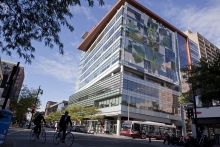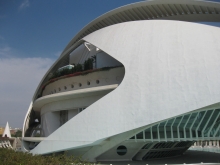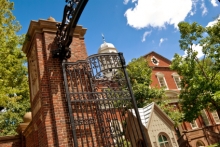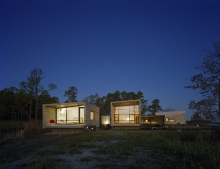Architects, engineers, and contractors streamline their process to ensure a quick delivery of the Nebraska Cornhuskers’ new home, Pinnacle Bank Arena.
Along the western edge of downtown Lincoln, Nebraska, lies the historic Haymarket District. An industrial and commercial area in use since the 1870s, the district had nevertheless become blighted and run-down. In the 1980s, the Haymarket District began to attract some mixed-use development, including art galleries, coffee houses, and residences. In more recent years, rehabilitation efforts have extended westward, and an official redevelopment plan was established.











